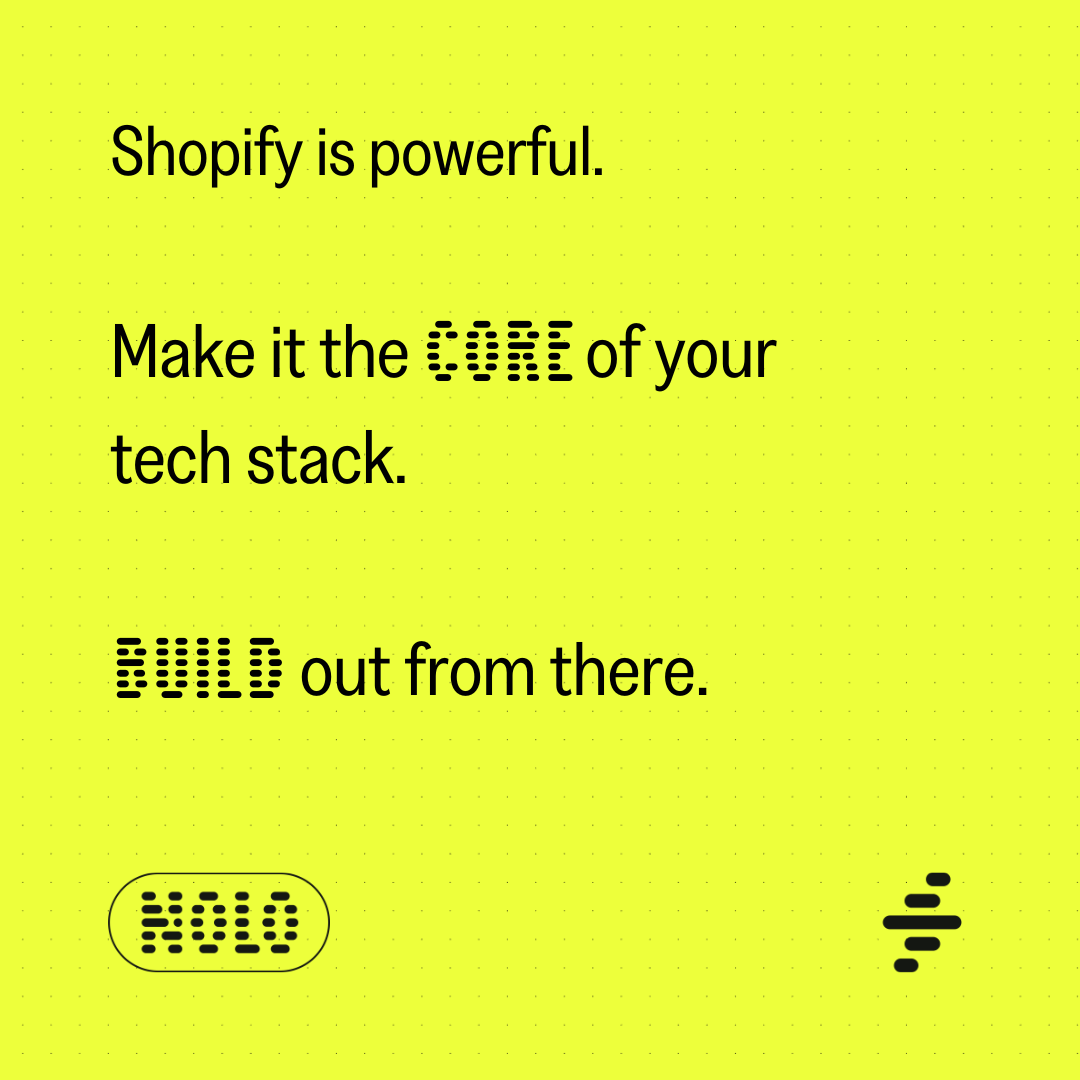Empower and Enable your Operators

There is a war in Ecommerce technology between Shopify and every other software vendor that wants to be at the heart of your business.
Whether you're a small brand that scales on Shopify or a larger retailer that migrates at some point, you start to ask, 'Why isn't my back-end like this? Why must we put up with such clunky, rigid and flawed software?"
Legacy software like ERPs have been built for IT teams and developers to use, and this means they result in a Command and Control style tech strategy.
To be a great product designer, merchandiser, creative, or production manager, you do need to be able to create systems and processes.
The legacy mindset means every tech change and tweak is funnelled through a maxed-out IT team juggling laptop maintenance and critical tech projects.
IT source and deliver the systems operators need.
Everything sits on one roadmap - delays compound across projects.
It is failing brands and their people.
This sits in stark contrast to how brands build their Ecommerce Stack using Shopify and the app ecosystem. This is what empower and enable looks like.
Because of this, you intuitively know it is possible to go faster with tech projects and process change.
Faced with legacy lethargy, operators build their own systems and processes.
We use whatever tech we can use, with or without IT approval.
Google Sheets, Excel and increasingly productivity and collaboration apps like Miro, monday.com and Asana.
Ironically, when productivity apps are deployed in a siloed way, they further fragment the systems and undermine the tech strategy of your business.
The Dark Stack, false productivity.
People think they’ve found a smart, easy way to get their job done but do not realise how much of a negative effect that is having on the rest of the biz.
In the face of these challenges, we're looking for answers to these questions:
How can we empower our people to build their processes without losing sight of them in the Dark Stack?
How do we get people unstuck from the legacy mindset and thinking positively about change?
How do we break the cycle of legacy tech without people going rogue and doing it all themselves?
Amid all this system chaos, it is easy to lose sight of the goal.
It is also easy to see why buying specialist 3-letter platforms to solve problems for one team's workflow only adds to the fragmentation.
People, Data and Systems are siloed.
Winning brands are PRODUCT-driven.
PROCESS-focused.
If your mindset is key, what is yours?
